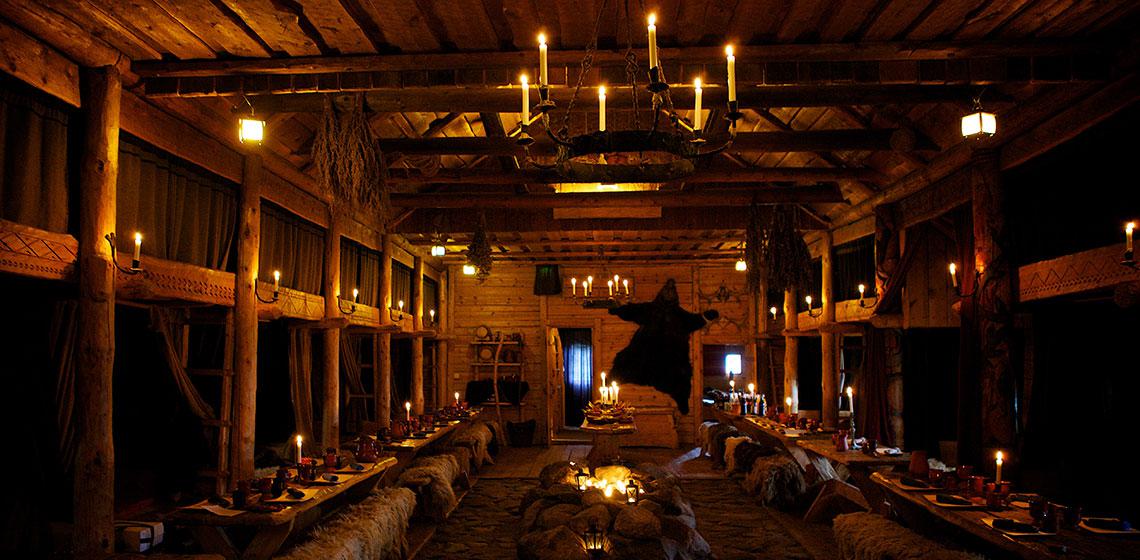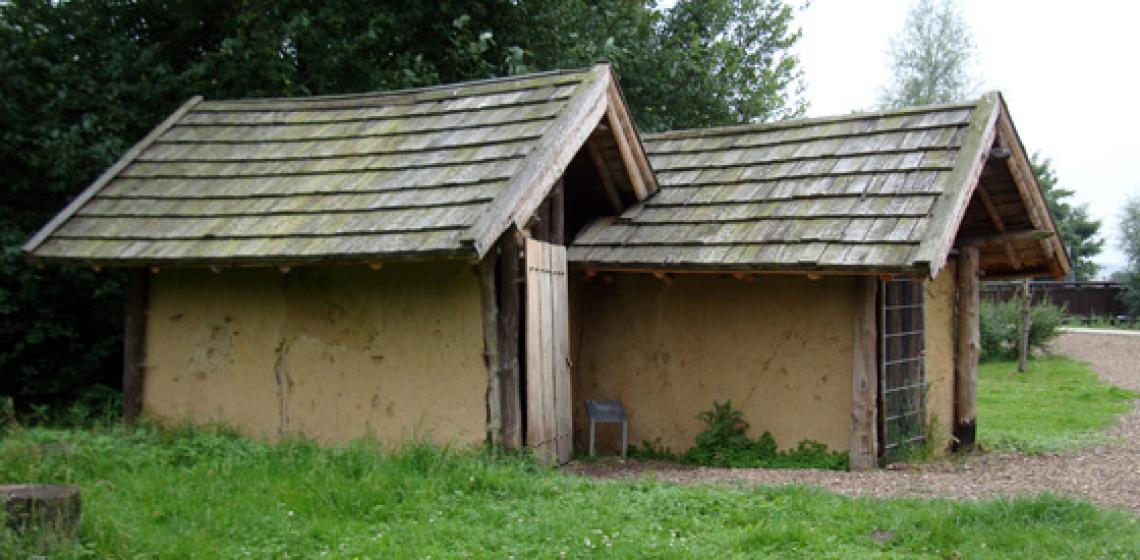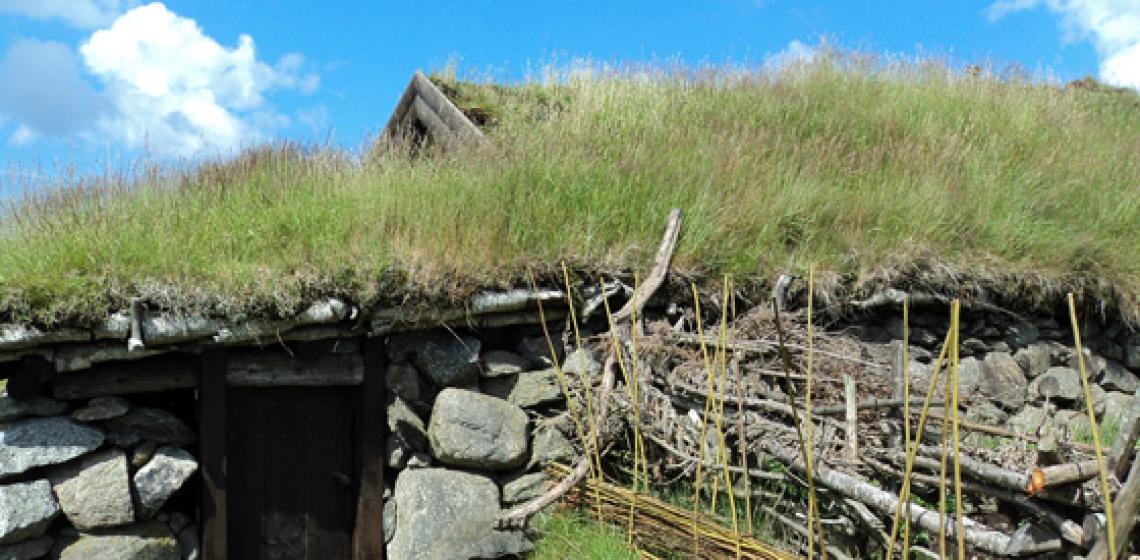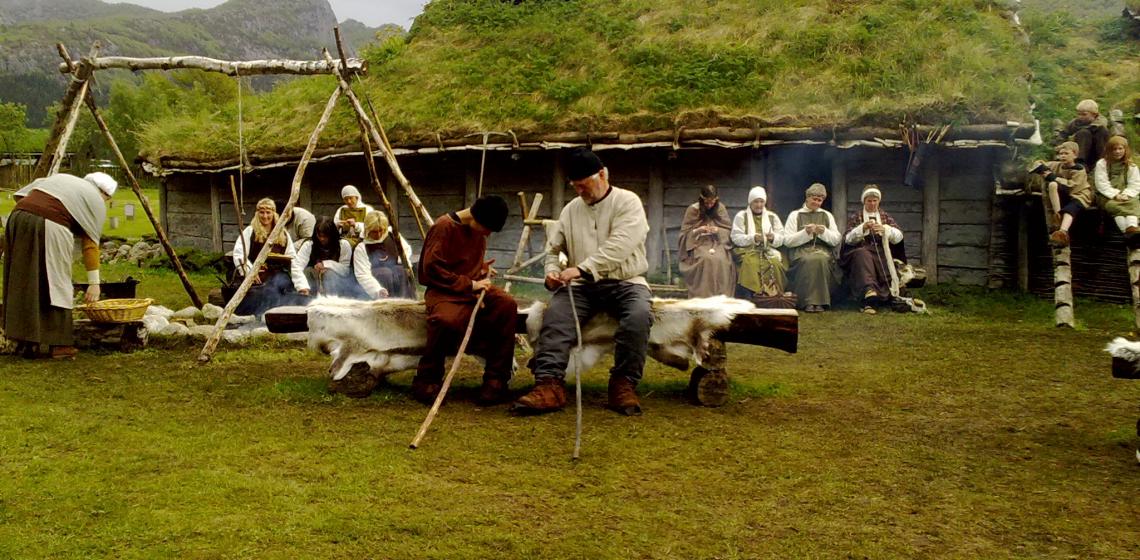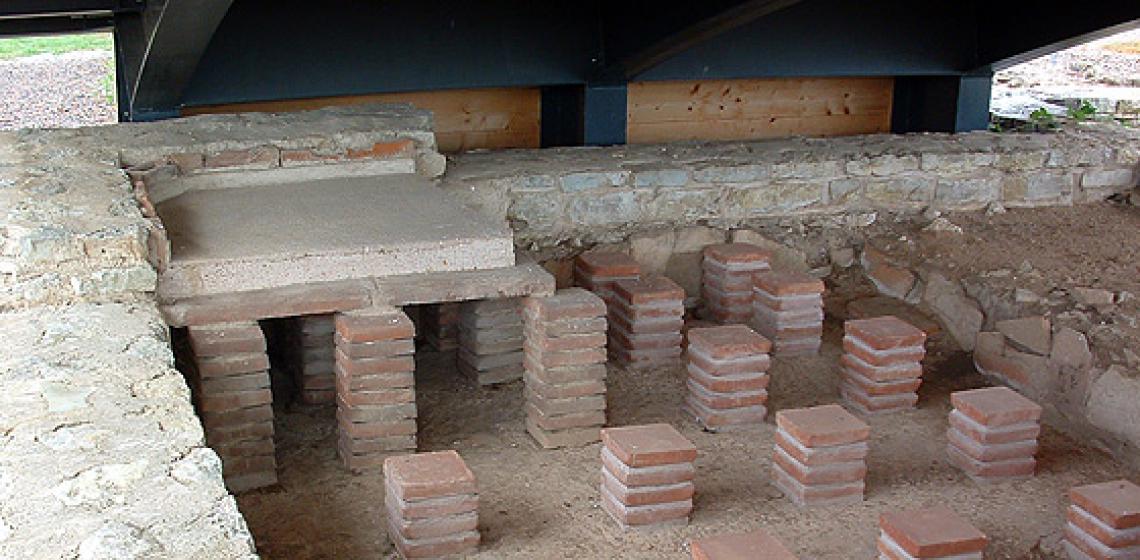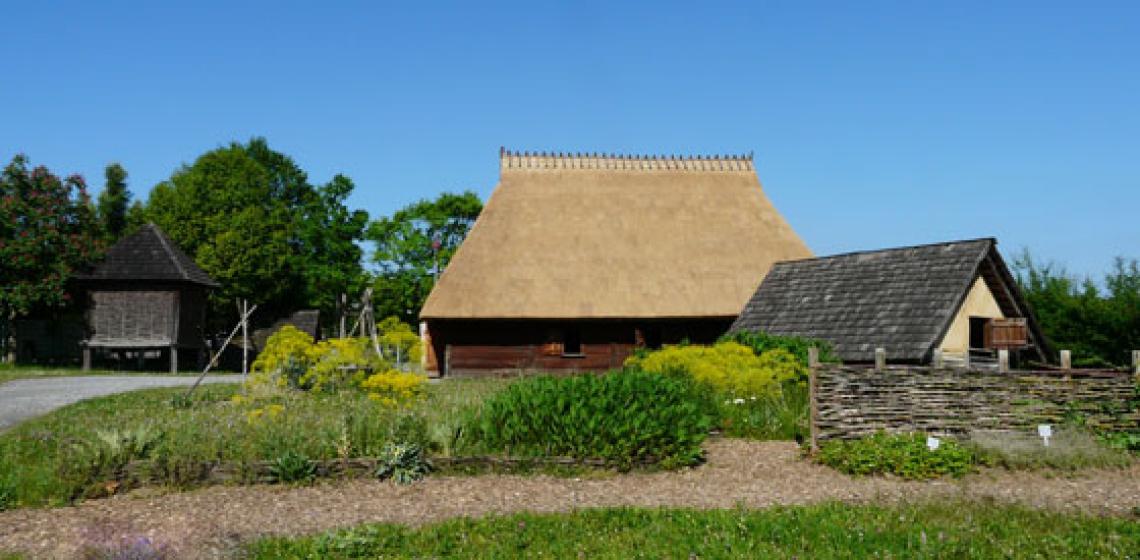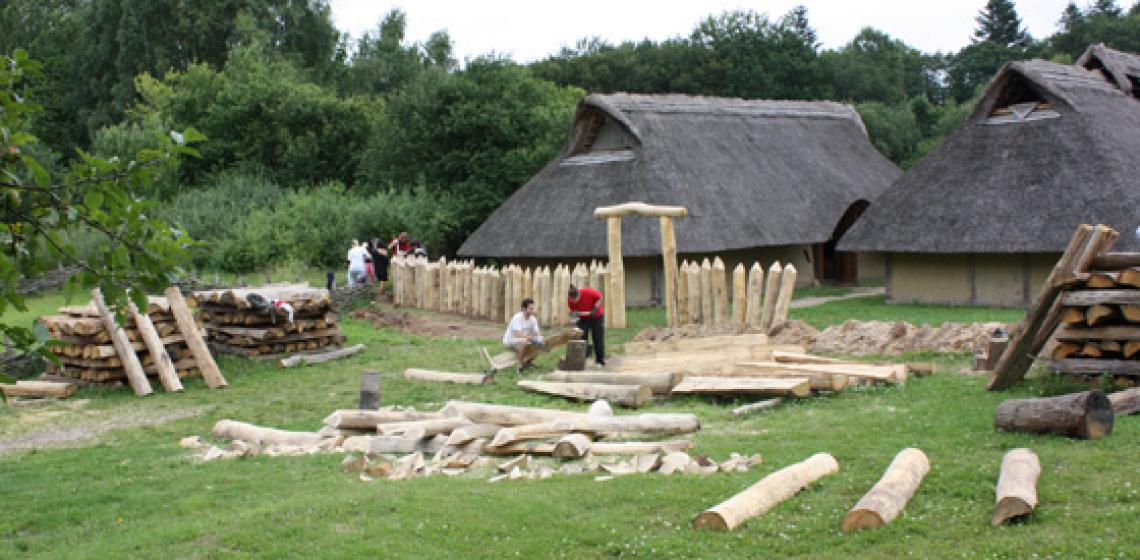Germanische Siedlung Klein Köris (DE)
Klein Köris is situated in a lovely landscape with widespread forests, chains of lakes, bordering with a nature park & reserve. Between the mid 1970s and mid 1990s a Germanic settlement dating to the 100 - 500 AD was excavated “Klein Köris number 3".
Klein Köris is situated in a lovely landscape with widespread forests, chains of lakes, bordering with a nature park & reserve. Between the mid 1970s and mid 1990s a Germanic settlement dating to the 100 - 500 AD was excavated “Klein Köris number 3"...


